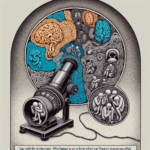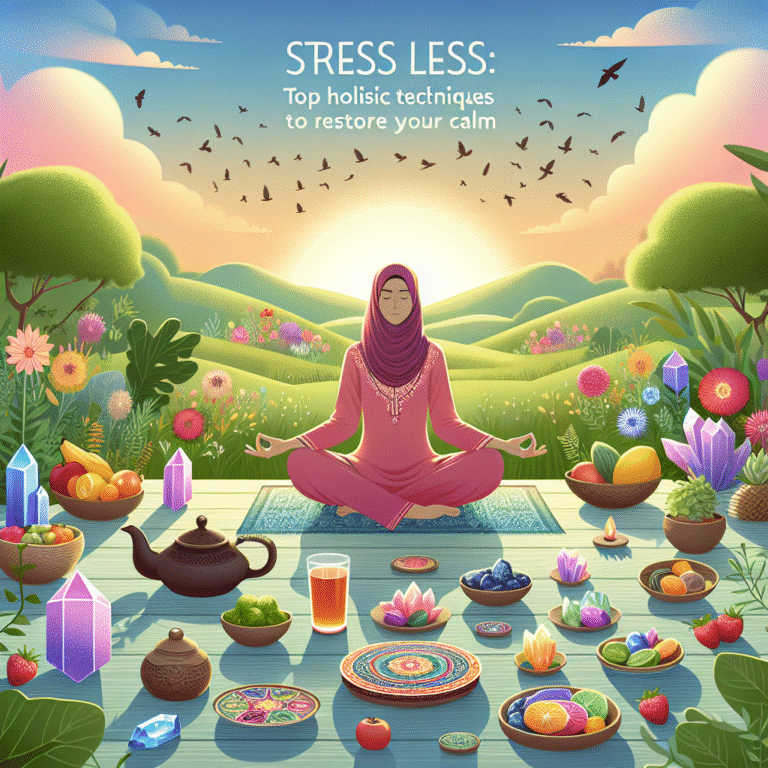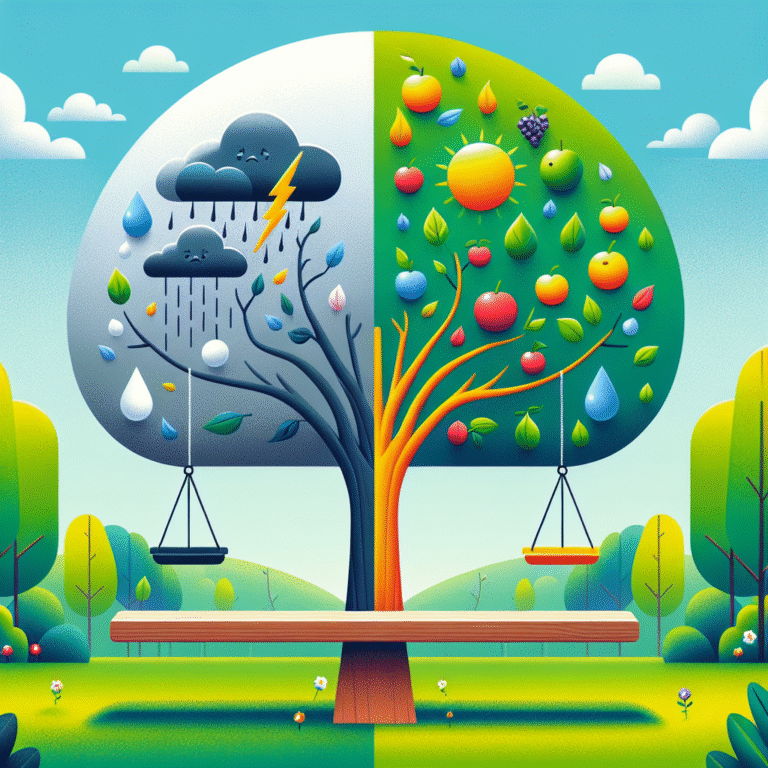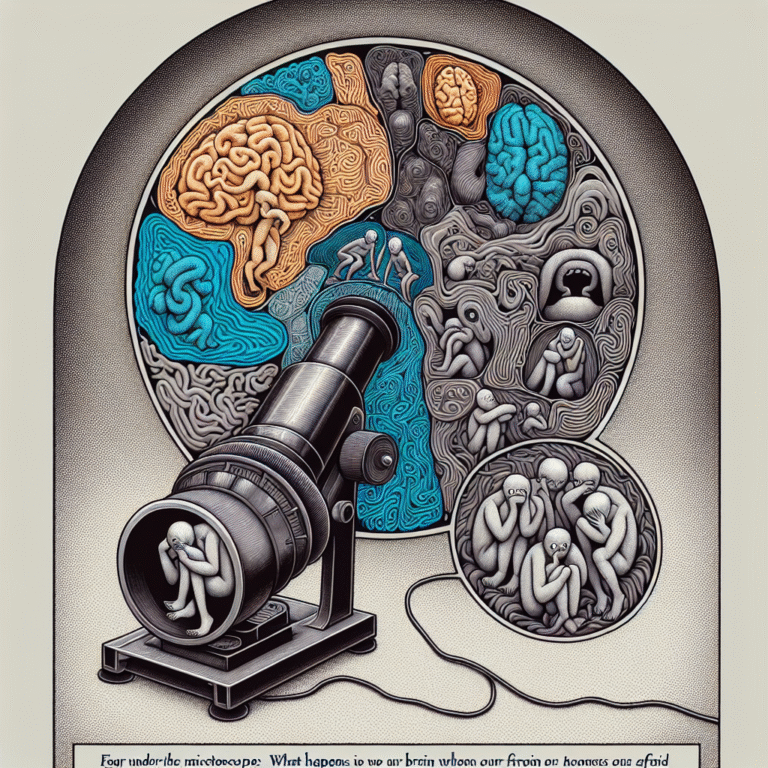
The Ultimate Happiness Equation: Balancing Emotions, Environment, and Mindset
Introduction
In a world where the pursuit of happiness is often considered a fundamental goal, understanding how to achieve it has become a quest for many. Amidst the pressures of daily life, the complexities of our emotional landscapes, and the environments we navigate, a pressing question arises: How can we create the ultimate happiness equation? The answer lies in striking a balance between our emotions, environment, and mindset.
With the rising rates of anxiety and depression, and the increasing demands on our time and energy, balancing these three components has never been more critical. This comprehensive article explores "The Happiness Equation: Balancing Emotions, Environment, and Mindset", providing unique insights into how you can enhance your well-being and cultivate a more fulfilling life.
Understanding the Happiness Equation
The concept of “The Happiness Equation” isn’t merely a mathematical formula; it’s a holistic approach to well-being. At its core, happiness can be viewed as the product of positive emotions, a nurturing environment, and a resilient mindset. Let’s break down each component:
Emotions: The Heart of Happiness
Emotions are the heart of our happiness equation. They act as the immediate feedback system, guiding us toward or away from experiences. Positive emotions can uplift us, while negative emotions can weigh us down.
Real-World Application: The Power of Gratitude
One of the simplest and most effective ways to enhance our emotional state is through gratitude. Research, such as the studies conducted by Dr. Robert Emmons at the University of California, Davis, indicates that practicing gratitude can significantly increase overall happiness. Journaling about what you’re grateful for, even just once a week, can shift your emotional baseline.
Table: Impact of Gratitude on Happiness Levels
| Frequency of Gratitude Practice | Increase in Happiness (Self-reported) |
|---|---|
| Weekly | 10% |
| Bi-Weekly | 15% |
| Daily | 25% |
Environment: The Shaping Force
Our physical and social environments significantly influence our emotional health and happiness levels. A supportive environment fosters growth and well-being, while a toxic space can stifle happiness.
Case Study: Workplace Well-Being
Consider the company Google, known for its unique culture and employee-centric practices. Google has implemented ergonomic workspaces, access to mental health resources, and a flexible workspace that allows employees to thrive. The result? A reported employee satisfaction rate of over 90% which correlates positively with their high-performance metrics.
Analysis: This example demonstrates how investing in a nurturing environment can yield tangible results in employee happiness and overall productivity.
Mindset: The Inner Narrative
Mindset plays a crucial role in how we interpret experiences and navigate challenges. A growth mindset, the belief that abilities and intelligence can be developed, leads to resilience and persistence.
Insights: The Role of Positive Affirmations
Using positive affirmations, as highlighted by psychological research, can help shift your mindset from a fixed perspective to a more growth-oriented one. For example, daily affirmations such as "I am capable of overcoming challenges" or "I attract positive energy" can lead to a more optimistic outlook on life.
The Interplay Between Emotions, Environment, and Mindset
Holistic Perspective: Finding the Balance
In the quest to find "The Happiness Equation: Balancing Emotions, Environment, and Mindset," it’s crucial to understand that these three elements are interdependent. Enhancing one area can significantly improve the others. For instance, cultivating positive emotions can lead to a more optimistic mindset, which in turn can influence your choices in creating a supportive environment.
Venn Diagram of Happiness Components
| Emotions | Environment | Mindset | |
|---|---|---|---|
| Emotions | Root of happiness | Affects emotional well-being | Determines emotional response |
| Environment | Influences emotional health | Reinforces mindset | Shapes daily challenges |
| Mindset | Resilience against negativity | Navigates environments | Not affected by surroundings |
Practical Strategies for Implementation
To embody "The Happiness Equation: Balancing Emotions, Environment, and Mindset," consider these actionable strategies:
-
Journaling for Emotional Clarity: Write down your emotions daily to identify patterns and triggers.
-
Create a Supportive Environment: Declutter your space and surround yourself with inspiring people and objects.
-
Adopt a Growth Mindset: Challenge negative thoughts and replace them with empowering beliefs.
-
Practice Mindfulness Meditation: Incorporate daily mindfulness practices to enhance emotional regulation and cognitive flexibility.
- Set SMART Goals: Define Specific, Measurable, Achievable, Relevant, and Time-bound goals that promote positive changes in all three areas.
FAQs about The Happiness Equation
1. What does "The Happiness Equation: Balancing Emotions, Environment, and Mindset" entail?
Essentially, it’s a framework for understanding how our emotional health, our surroundings, and our internal belief systems interact to shape our overall happiness.
2. How can I improve my emotional state effectively?
Practicing gratitude, engaging in self-care routines, and seeking professional help when necessary are effective ways to enhance emotional well-being.
3. What environmental factors contribute to happiness?
Elements like a clean, organized space, supportive relationships, and access to nature can significantly improve your happiness levels.
4. How can I shift my mindset toward a more positive outlook?
Daily affirmations, embracing challenges, and surrounding yourself with a positive circle can foster a growth mindset.
5. Is it possible to improve one component without affecting others?
While it’s possible to focus on one area, significant improvements in one component will generally lead to positive shifts in others. For instance, improving your environment can lead to better emotional health and a more positive mindset.
Conclusion
Creating The Happiness Equation: Balancing Emotions, Environment, and Mindset is not just about understanding these individual components; it’s about embracing their interconnectedness. By prioritizing your emotional health, nurturing a supportive environment, and cultivating a resilient mindset, you empower yourself to enhance your overall quality of life. Start today, take small steps, and witness the positive transformation in your happiness.
As you embark on this journey, remember that happiness is not a final destination but an evolving experience that requires continuous effort and reflection. Embrace the process, and let the happiness equation guide you to a life filled with joy, purpose, and fulfillment.
















